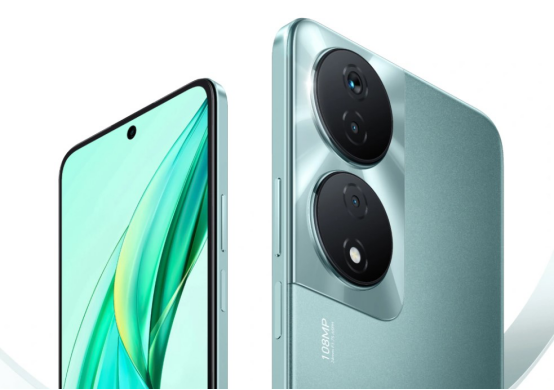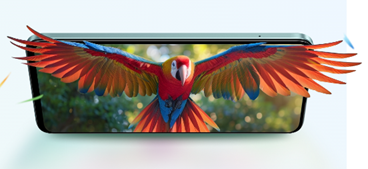Amidst the ever-evolving world of smartphones, where sleek aesthetics and advanced features often take the spotlight, one crucial aspect often overlooked is the comfort of holding the device. Phone designers meticulously craft the ergonomics of their creations to ensure users can enjoy a comfortable grip for extended periods.
The Art of Crafting Comfortable Smartphone Grips
Understanding Human Hand Anatomy
Phone designers delve into the intricacies of human hand anatomy to comprehend how users naturally hold their devices. By studying the contours, pressure points, and typical hand movements, designers gain insights into where to place buttons, curves, and textures to optimize comfort.

Balancing Form and Function
Achieving a comfortable grip on a smartphone requires a delicate balance between form and function. Designers strive to create devices that not only look visually appealing but also feel natural and intuitive in the hand. This entails making strategic decisions about materials, dimensions, and weight distribution to enhance ergonomics without compromising usability.
Iterative Prototyping
Phone designers employ an iterative prototyping process to fine-tune the grip comfort of their devices. By creating numerous prototypes and conducting extensive user testing, designers gather valuable feedback on factors such as hand fatigue, finger reach, and overall feel. This iterative approach allows them to make incremental adjustments until they achieve the desired level of comfort.
Texture and Material Selection
The choice of materials and textures plays a crucial role in enhancing the grip comfort of smartphones. Designers carefully select materials that offer both durability and tactility, ensuring that the device feels secure in the hand without being too slippery or abrasive. Textured finishes and ergonomic contours further enhance grip stability and comfort, providing users with confidence in holding and using their devices throughout the day.
Optimized Button Placement
Strategically placed buttons and controls are essential for ensuring a comfortable grip on a smartphone. Designers analyze user behavior and hand movements to determine the most intuitive placement for buttons such as volume controls, power buttons, and camera shutter keys. By optimizing button placement, designers minimize the need for users to adjust their grip, thereby enhancing overall comfort.
User-Centric Design Philosophy
At the heart of phone design is a commitment to user-centricity. Designers prioritize the needs and preferences of users, striving to create devices that seamlessly integrate into their daily lives, anticipating their every requirement. By empathizing with users and understanding their ergonomic requirements, designers can tailor their creations to deliver a comfortable and enjoyable user experience, ensuring that every interaction feels intuitive and effortless.
Continuous Improvement
Phone designers recognize that achieving the perfect grip comfort is an ongoing process. As technology advances and user expectations evolve, designers remain vigilant in their pursuit of innovation and improvement. Through constant iteration, experimentation, and collaboration, designers push the boundaries of comfort and usability, ensuring that each new generation of smartphones sets a higher standard for ergonomic excellence. The HONOR X7b 5G boasts excellent texture and perfect handling. With four 63° angles and smooth curves, it presents a slimmer and lighter appearance.
Conclusion
The quest for a comfortable grip is a fundamental aspect of smartphone design. Phone designers employ a multidisciplinary approach, drawing on insights from human anatomy, materials science, and user feedback to create devices that seamlessly blend form and function. By prioritizing grip comfort, designers enhance the usability and enjoyment of smartphones, enriching the lives of users around the world.



